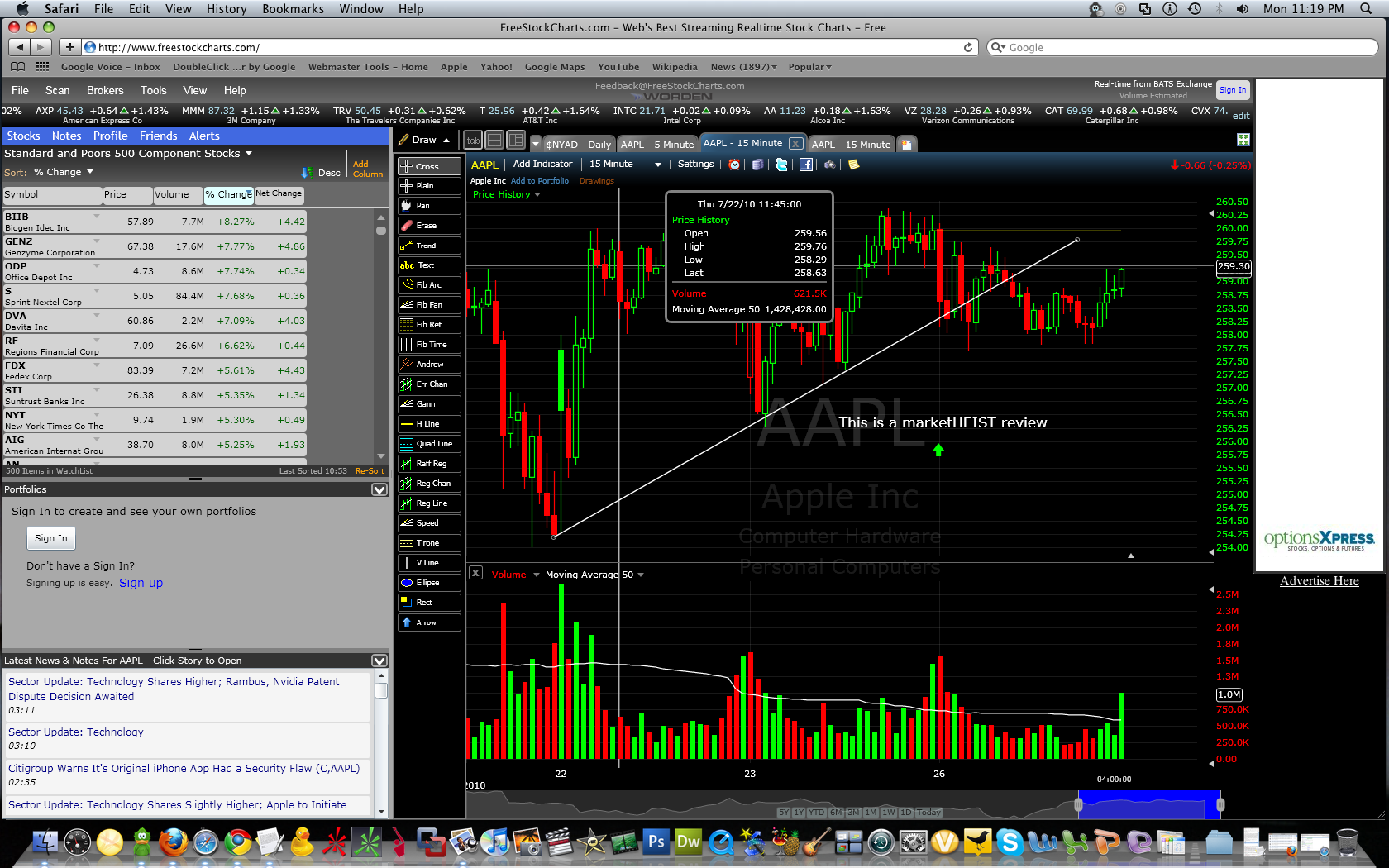
There are a variety of ways that an instructor can use learning analytics. The principles - beneficence, transparency, privacy and confidentiality, and minimization of adverse impacts - aim to uphold the dignity of students while ensuring learning analytics are used to improve educational outcomes. Also before leveraging any learning analytics approaches please review UW-Madison’s Learning Analytics Guiding Principles, which state that students are real and diverse individuals, and not just their data or information. More information about learning analytics at UW-Madison is available from the Vice Provost for Teaching and Learning and DoIT Academic Technology. In practical terms learning analytics uses data generated within courses to inform and improve teaching and learning on our campus. While there are many definitions of learning analytics, UW-Madison’s Learning Analytics Roadmap Committee (LARC) has contextually defined it as the undertaking of activities designed to improve student outcomes by informing structure, content, delivery, or support of the learning environment. The focus of learning analytics is to provide actionable information that can improve teaching and learning.

Learning analytics is much more than a tool rather it is a process and can span many diverse approaches to help improve learning outcomes.


 0 kommentar(er)
0 kommentar(er)
